If you are reading this article then it can only mean one thing: you want to learn Japanese. That’s no easy feat. With three different alphabets and eighteen ways to say me there is a lot to adjust for. It’s no surprise then that it is one of the hardest languages for English speakers to learn.
Well don’t worry, one year is a long time and you can do much more in a year than you think. Just think back to when you were a kid. Or look around at your friends toddler. It’s often thought that children are much better at language learning than adults. But that is not true. Adults’ brains are much more developed and can learn much more effectively than children.
The difference? Kids don’t do anything else. Every day they are immersed in their new language. Every day they are learning new words. whether they realise it or not they will be learning very day for an entire year. Imagine how fast you would learn if you took the same approach.
Our website is dedicated to teaching you everything you need to know to study the ins and outs of the Japanese language. Whether you are a complete novice, a fluent speaker, or just a language nerd like us. There will be something for you.
In one year we were able to get from ‘konnichiwa’ to having full conversations in Japanese. While one year is far from enough to become indistinguishable from a native speaker, it is more than enough to speak Japanese at a basic level.
The Basics Of Learning Japanese
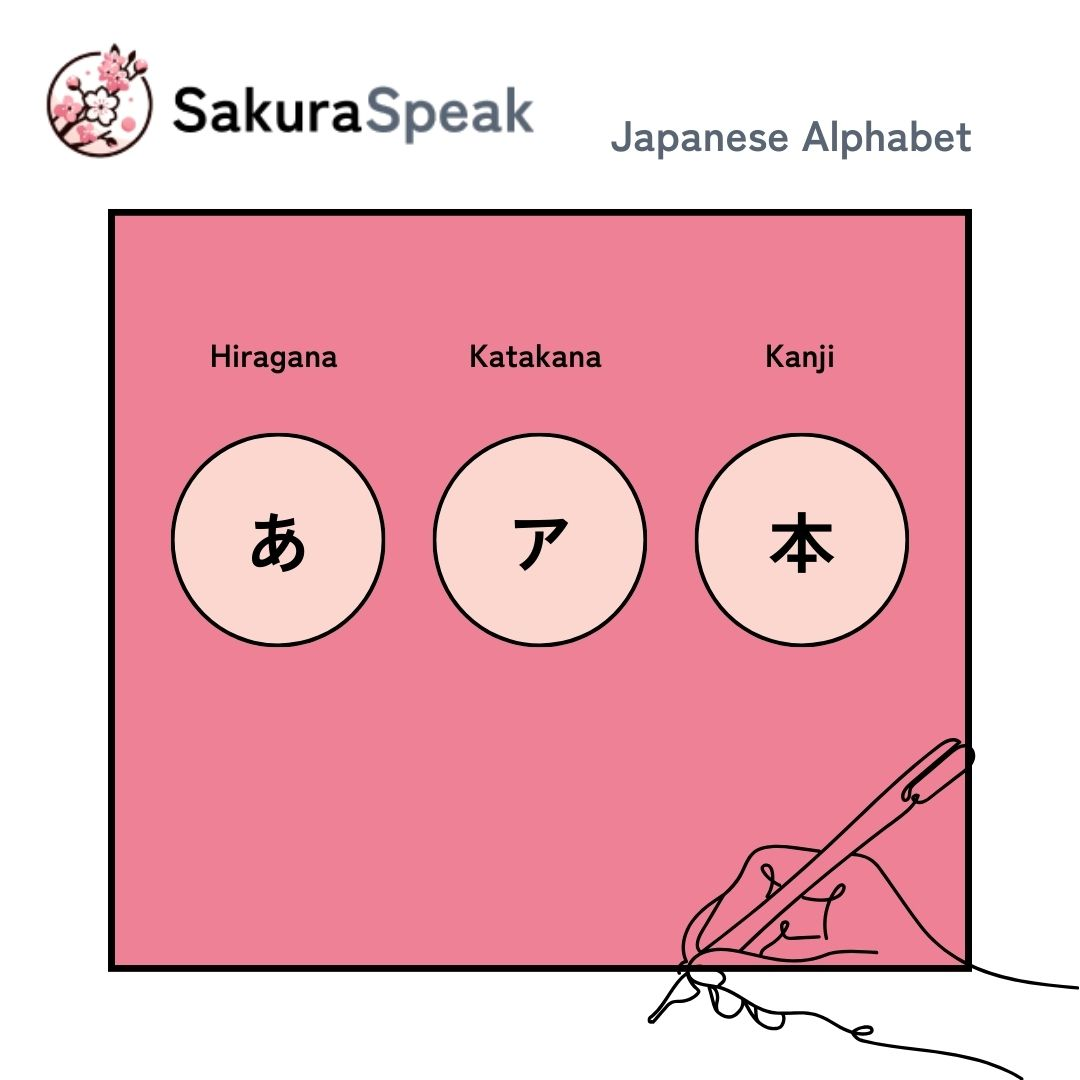
The Japanese language has three alphabets: one for grammar, one for foreign words, and one for Japanese words
The Japanese language can seem incredibly daunting at first. Where most languages only have one alphabet, Japanese has three (five if you count the different readings for Kanji). This might seem impossible at first, but Japanese people can do it so why can’t you?
The basic things you will need to know are the three different alphabets. hiragana and katakana are alphabets much like ours. Every symbol represents a sound. These sounds are exactly the same between hiragana and katakana, the only difference is how they are used. Hiragana is typically used for Japanese words and conjugating grammar. Katakana is used for foreign words.
For example, the Japanese word for coffee is ‘kohi’. Since this comes from the English word ‘coffee’ is uses the katakana ‘コーヒー’. On the other hand, ‘konnichiwa’ is written with hiragana since it is a Japanese word so it’s written as ‘こんにちは’.
Finally, the third alphabet is the kanji. These kanji are small drawings that depict a word. The regularly used kanji, called joyo kanji, consist of 2136 unique characters. If you want to read Japanese you will need to know all of these by heart.
Even if you only want to learn Japanese in order to speak the language, we still recommend learning the alphabet. Without it you will have a very difficult time understanding the grammar and getting proper practice with the language.
An Intro To the Japanese Language
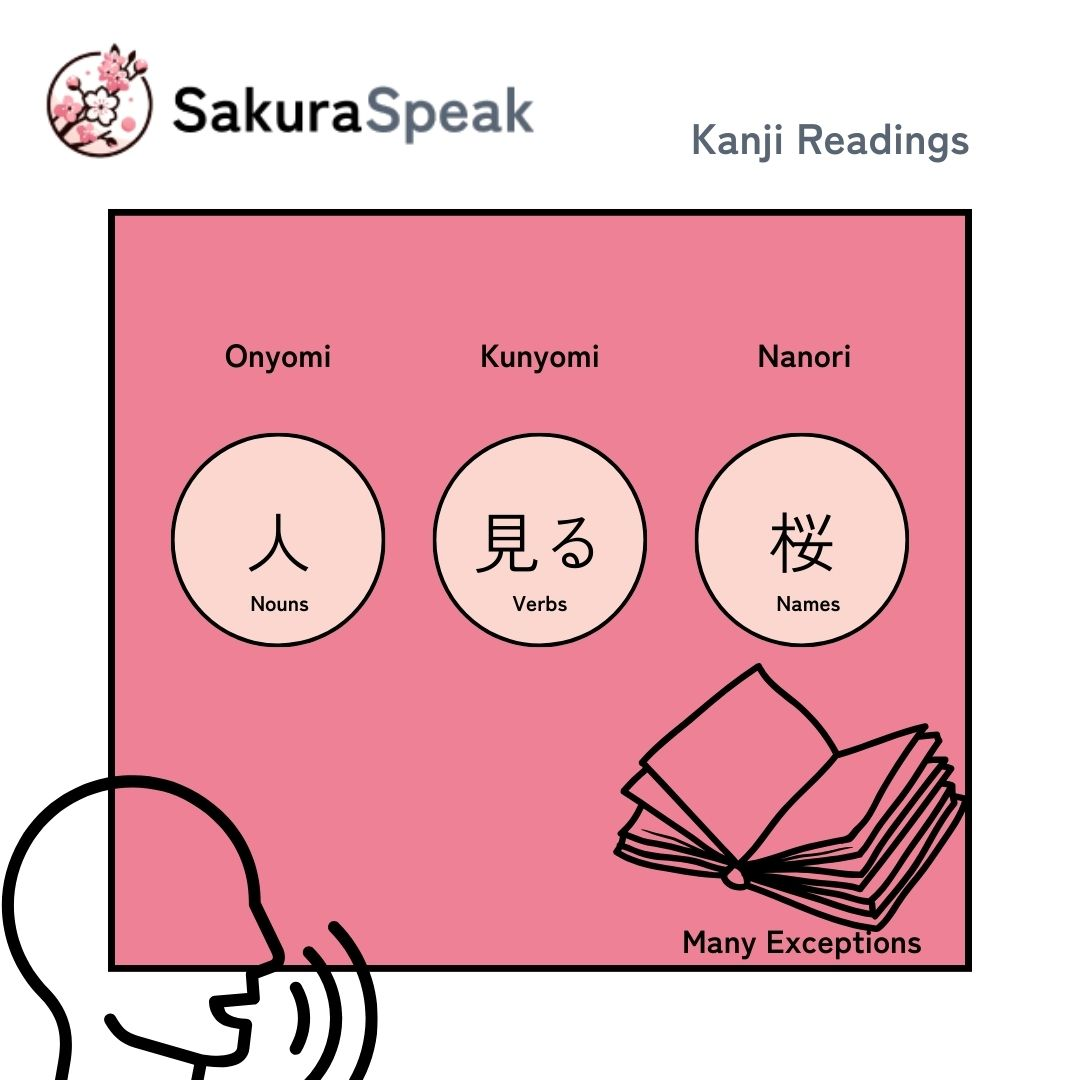
On top of having three different alphabets, the already complicated kanji can have several different readings depending on the context
Besides having three different alphabets, the kanji also have different readings. The same character can often be read in many different ways depending on how it is used. Each character will have both a kunyomi and an onyomi reading. Sometimes it will also have a nanori reading.
The kunyomi reading is the most important reading. This is used for words that are used by themselves. After that, the onyomi reading will be almost as vital for you to know. This is used for words that consist of multiple kanji.
For example, the kanji for person, 人, is read with its kunyomi reading which is ‘hito’. But if we are talking about a Japanese person, which is 日本人, then this word will be read with the onyomi reading which would be nihonjin. Here, the character 人 is part of a multi-kanji word so we use the onyomi reading ‘jin’ for that character.
Luckily, you won’t have to learn the nanori reading at all. This is a special way of reading characters if they are used for someone’s name.
Our Learning Style
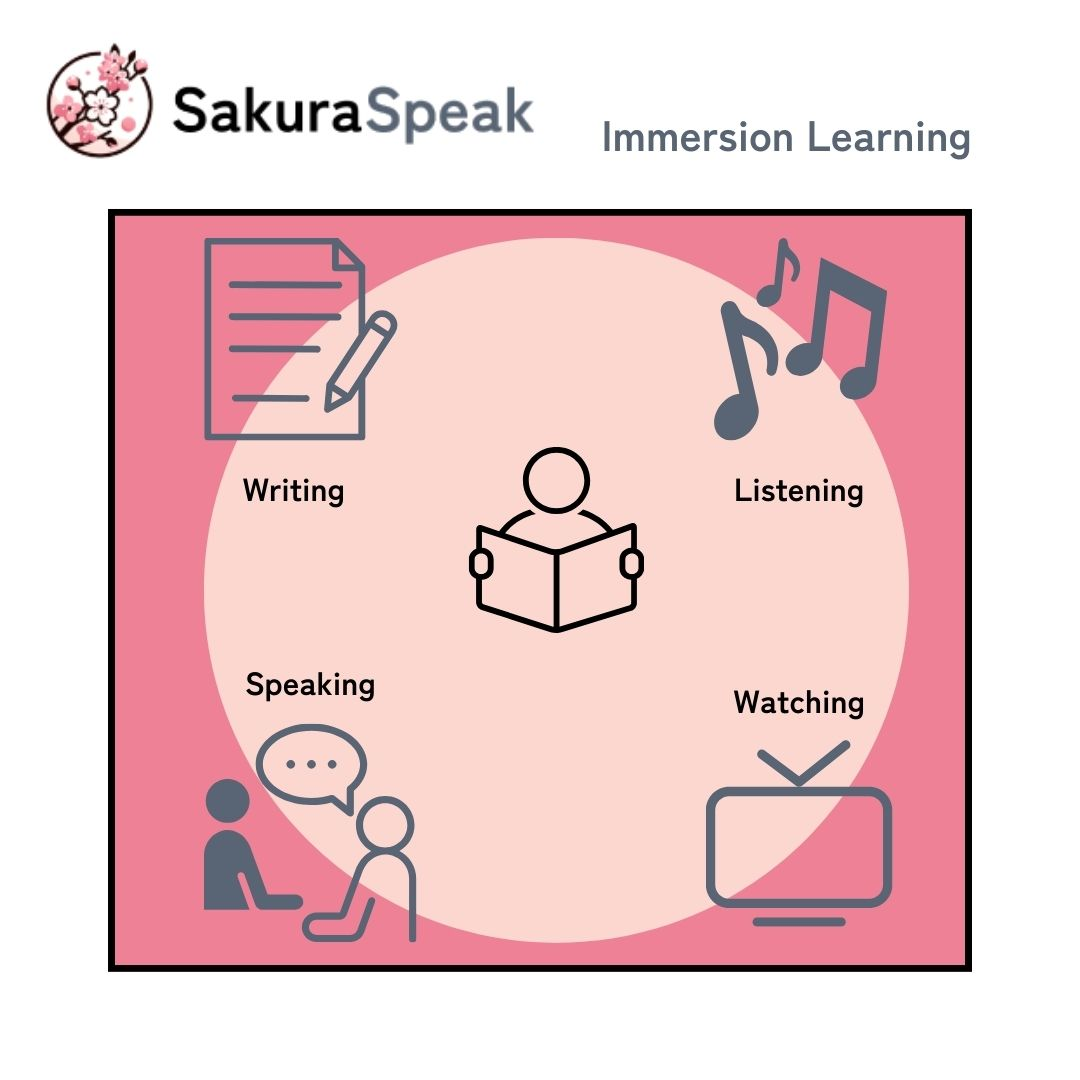
We believe in learning through immersion, this means that instead of ploughing through textbooks and memorizing sentences you will be surrounding yourself with the language as much as possible
If you have ever learned a language at school you will probably be familiar with a certain type of learning. You get a textbook, you memorize words, you fill out exercises, and what do you learn from it?
I’d wager that you still can’t speak very well in whatever language you were learning in school. That’s no surprise since research has shown that this classical type of learning just isn’t fit for language learning.
Instead, think about how you learned your native language. Did you sit down and read a text book as a toddler? Most students are better at language learning when they learn in a more natural way. This is why we are such a big fan of immersion learning.
Immersion learning is when you learn a language by drowning yourself in it from day one. Right from the start you will thrust yourself into books, music, films, and conversations. All of them in Japanese. Will this feel weird at the start? Yes. But is it effective? Also yes.
You are probably already more familiar with this than you think. Think back to a time when you travelled to a foreign country and didn’t speak the language. Without reading a textbook, by the end of your holiday you probably picked up a few phrases. This is immersion learning. By hearing words being used in their context and hearing the language all around you, you are already able to learn parts of the language.
One of our favourite examples of immersion learning is by translating a song and learning this translation. Every time you listen to the song and think of this translation you will be reminded of its meaning. Slowly, over time, you will learn the words and grammar used in that song.
Finding Your Optimal Way To Learn Japanese
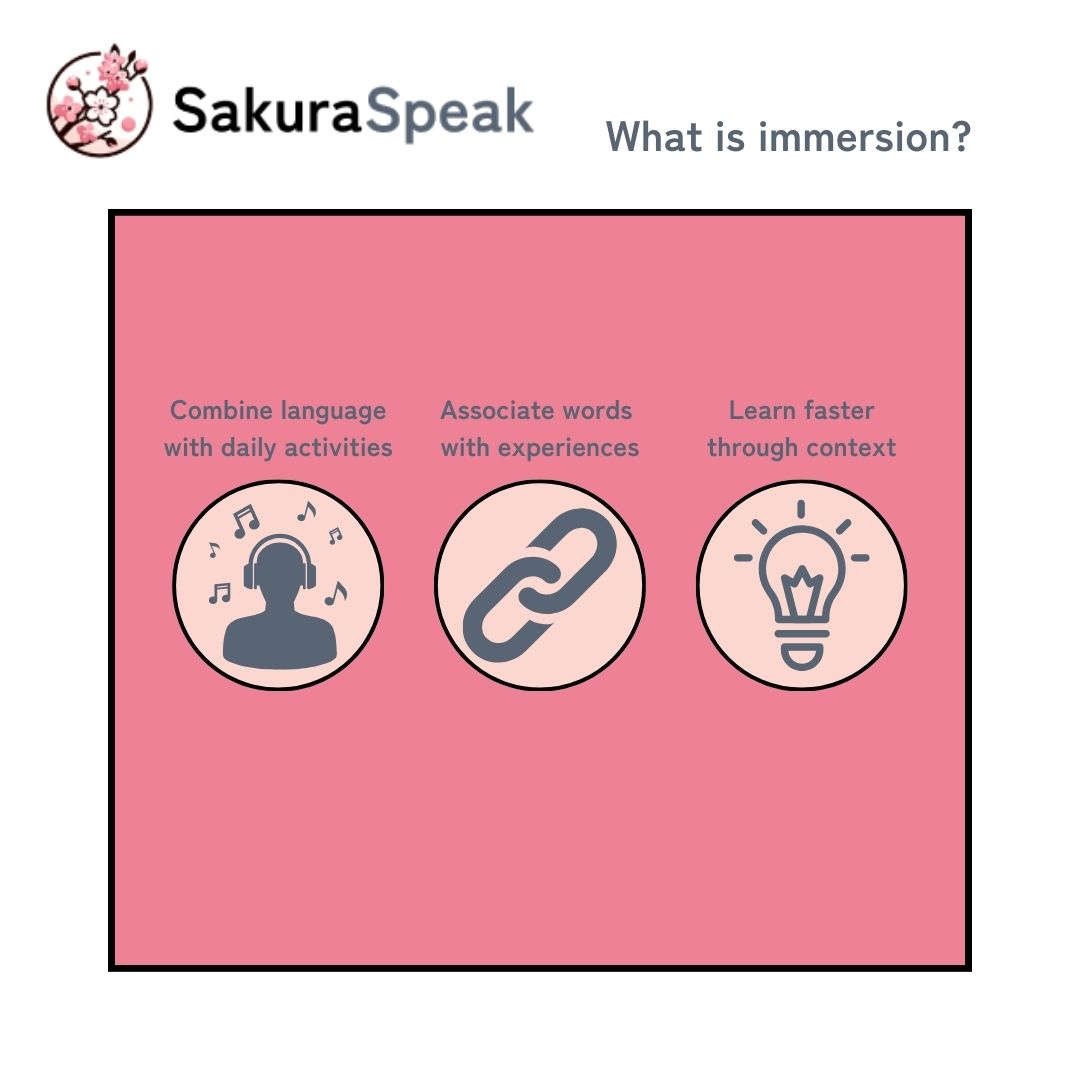
When you learn a language through immersion you are learning the meanings of words through their context and usage rather than simply memorizing translations.
When it comes to learning a language everyone is different. We have spent years of trying and lots of trial and error to find out what works best for us. Friends would tell us a certain app or technique supercharged their learning, but it just wouldn’t stick with us.
Things were exactly the same the other way round, every time we found a magic bullet that would help us immensely our friends just wouldn’t seem to appreciate it the way we did. Eventually we realized what it was, while the techniques are the same for everyone you need to find a setting that just clicks for you.
This means that techniques such as spaced repetition and immersion learning will work for everyone. But the way you do it will depend on your own personality, hobbies and interests.
For example, we absolutely love reading. For us, sitting down and translating entire books is one of the most fun ways we can get in contact with a language. This shapes our language learning process enormously as we can easily spend hours at a time learning by reading Japanese books.
For you? This could be fusing Japanese learning with anything you enjoy. If you love music, try learning Japanese by listening to Japanese music. If you love reading like us, then translating and reading Japanese book is a great way to learn. We know people who learned to speak very good Japanese by playing their favourite video games in Japanese and studying the language through that. Whatever it is you enjoy, try to find a way to fuse it with your language acquisition to truly immerse yourself in the language.
Learning Japanese: A Timeline
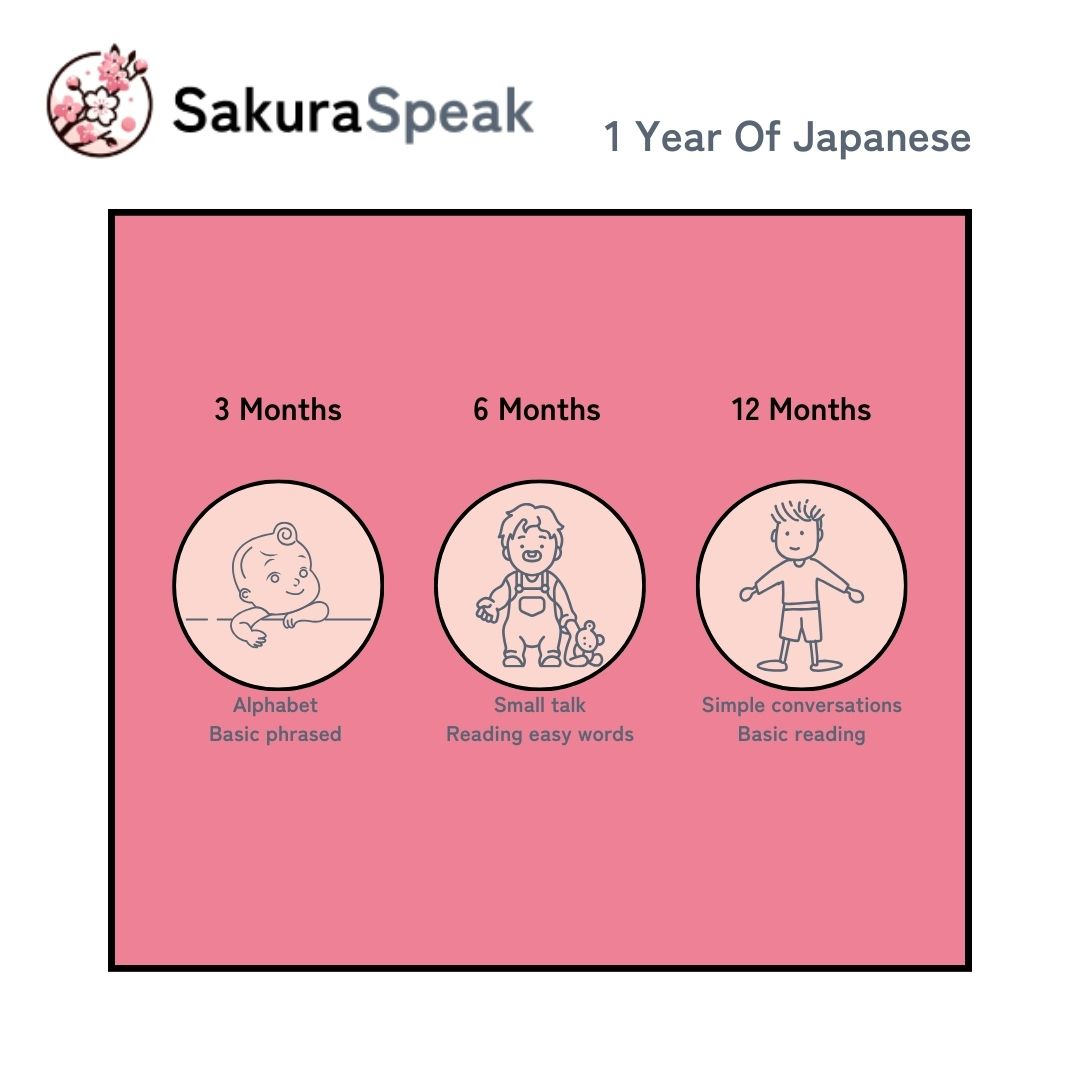
You can learn a lot in a year. It will feel slow and arduous at first but the further you get the more fun it will be and the faster you will learn.
So what will your first year of learning Japanese look like? For the first few months you will mostly be learning the alphabet and some basic phrases like こんにちは or ありがとう.
This might feel dull and slow at the start. For months it might feel like you’re not making any progress. That’s why most people never get past this phase. But if you stick with it, then after six months you will find that all of a sudden you can make small talk in Japanese.
All these small words and phrases that you learned will suddenly fall into place and you’ll find yourself having small conversations in Japanese. Going to a coffee shop you can place your order in Japanese. Walking around Tokyo you can find your way, read maps, and ask for directions.
This is where the power of immersion will really start to shine. Because you have been learning Japanese through these familiar situations this will happen much faster and will boost your enthusiasm for the learning process.
Finally, after a year, you will be able to have small familiar conversations. You can read some basic texts and understand some simple pop songs. This is huge. Sure, you might not be able to pass as a native speaker or fill out mortgage applications. But is that why you want to learn Japanese?
After this it gets more and more fun. You’ll be able to practice your Japanese by watching movies in Japanese or reading books without constantly stopping to translate stuff.
Your Speaking Skills After A Year
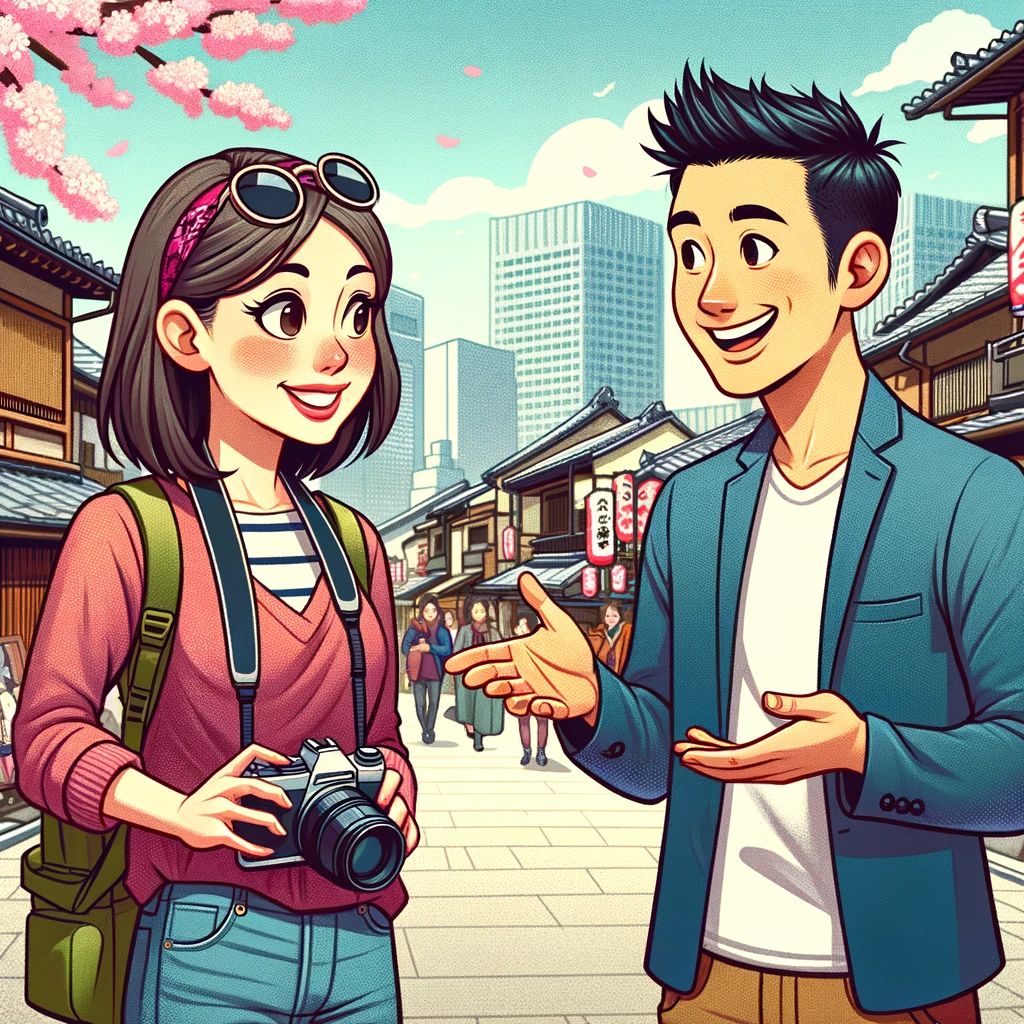
After just one year of learning Japanese you might not be able to have fluent conversations, but you will definitely be able to make small talk.
Your Reading Skills After A Year
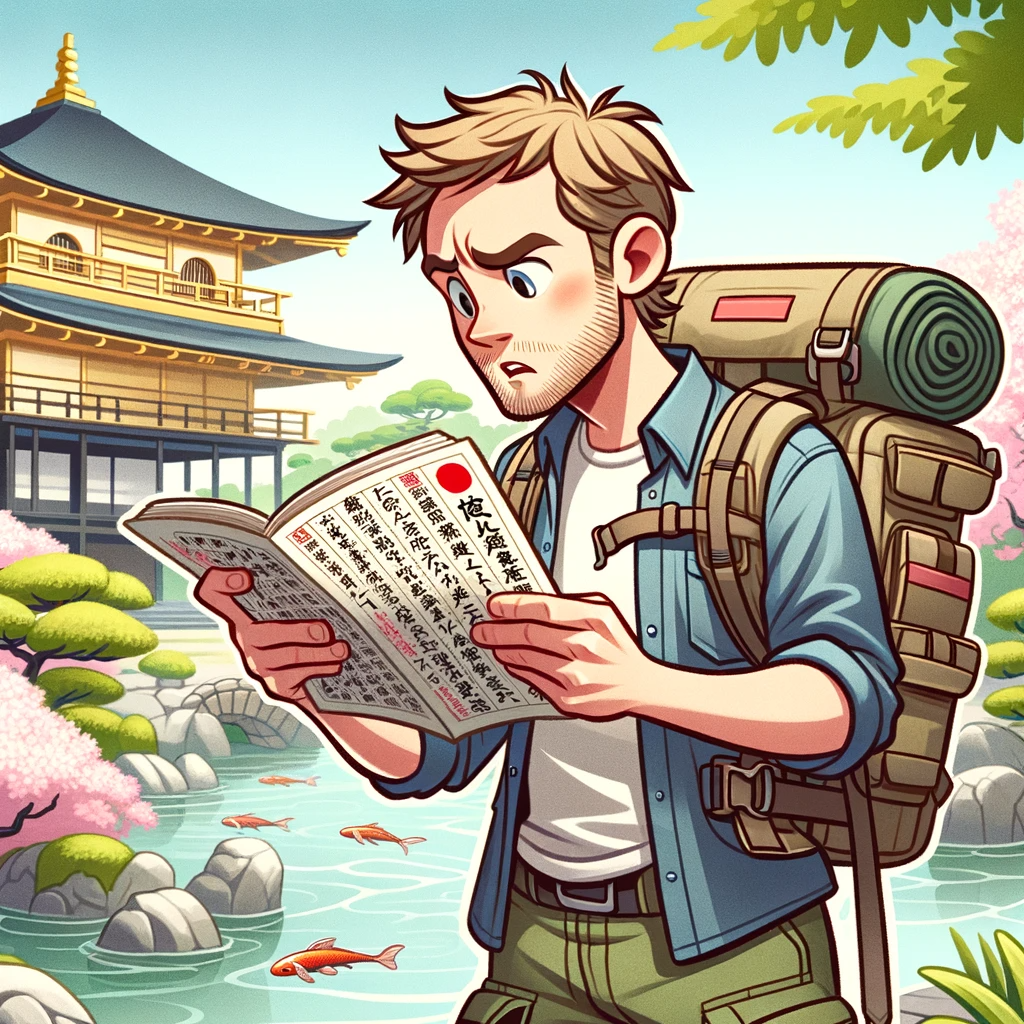
Reading will be the biggest challenge when learning Japanese, after a year you’ll be able to read simple texts such as road signs and maps. But more complicated texts will be a huge challenge.
Your Listening Skills After A Year
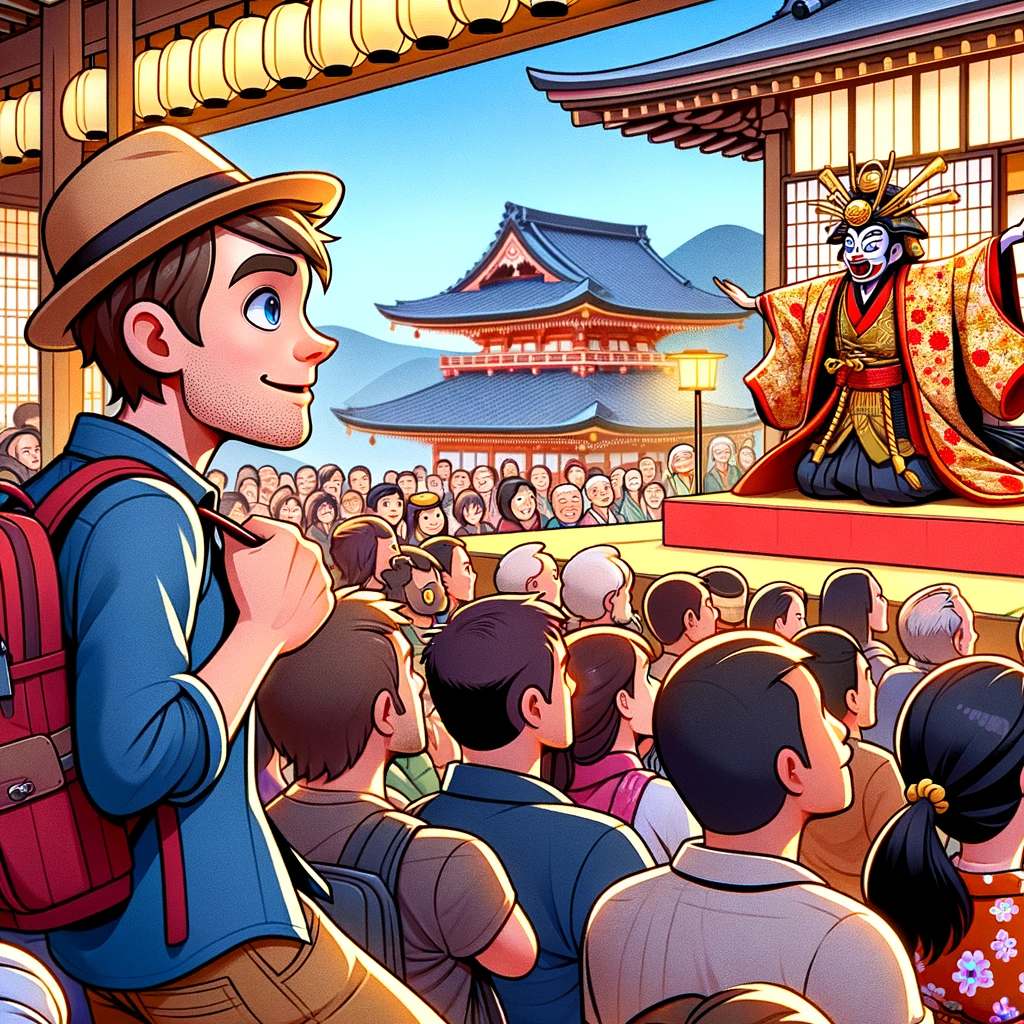
Listening is one of the easier and most fun skills to learn in Japanese. Learning through immersion is the easiest way to get very good at this very fast. After a year you will be able to understand simple movies, books, and shows in Japanese.
The JLPT Framework
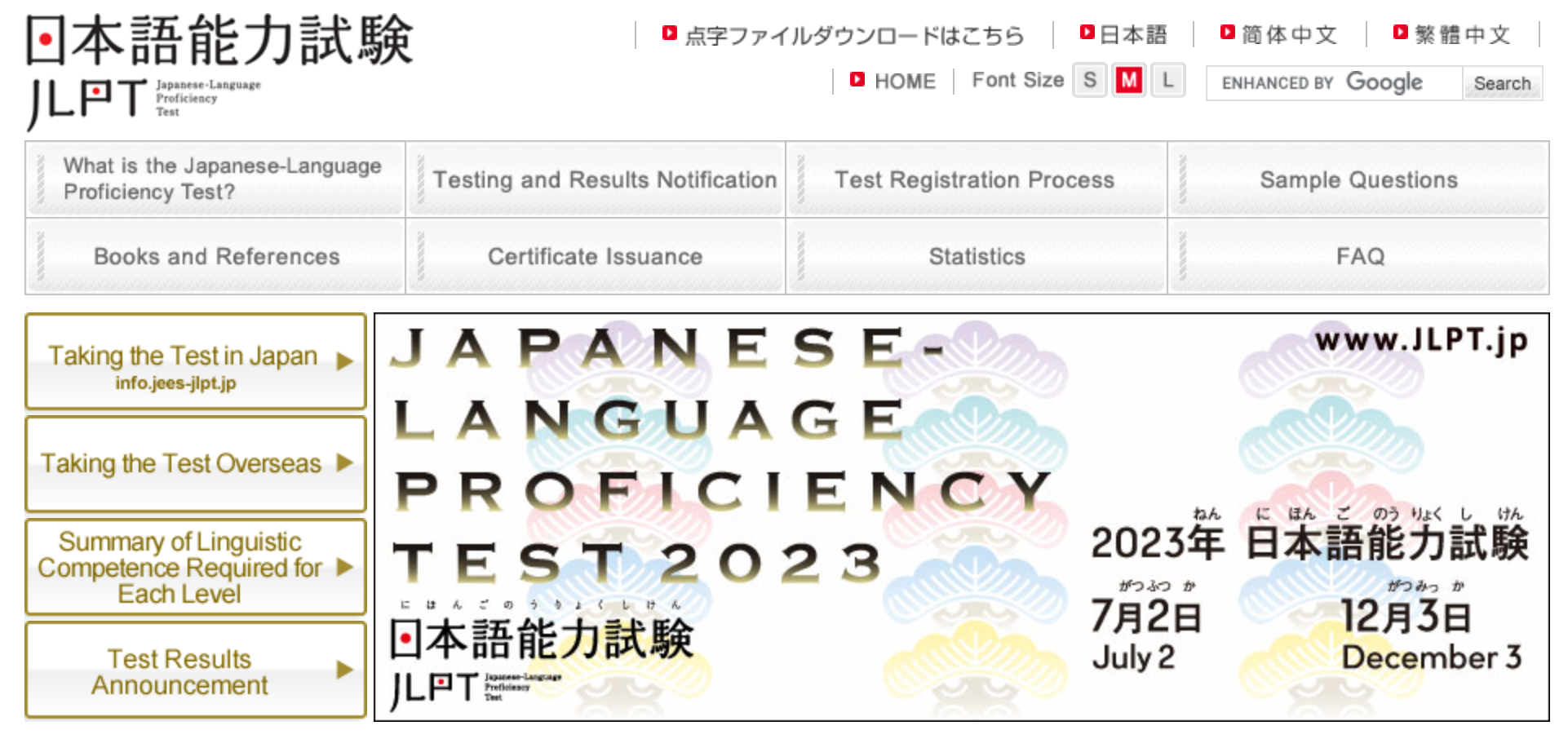
The JLPT exam is the official Japanese language language exam. Source: www.jlpt.jp
The JLPT framework is the official way of measuring your Japanese language skills. If you go to a Japanese language school then this is what they will teach you.
It consists of a defined set of vocabulary and grammar that you will have to pass in order to qualify. While this is a great way to learn the basics of Japanese grammar, at a certain point you will have to ask yourself if you want to learn Japanese to just pass an exam or to actually be able to speak and understand the language.
We think learning like they do in a Japanese language school is a great supplement to your language learning. We still take classes every week and probably will keep doing so until we are fluent. But in the end this is not a natural way to learn. Japanese people certainly learned a lot in school as well, but in the end the real way they learned their native language was by speaking and using it in their daily life.
We think the JLPT framework is a great side quest for your Japanese learning adventure. It’s great to do it on the side to measure your progress and to have a tangible goal that you are working towards. But it’s important not to get distracted. If you only learn Japanese for these exams and spend your days filling out exercises and memorizing vocabulary words, are you really learning to speak Japanese?
Getting To N5 In Six Months
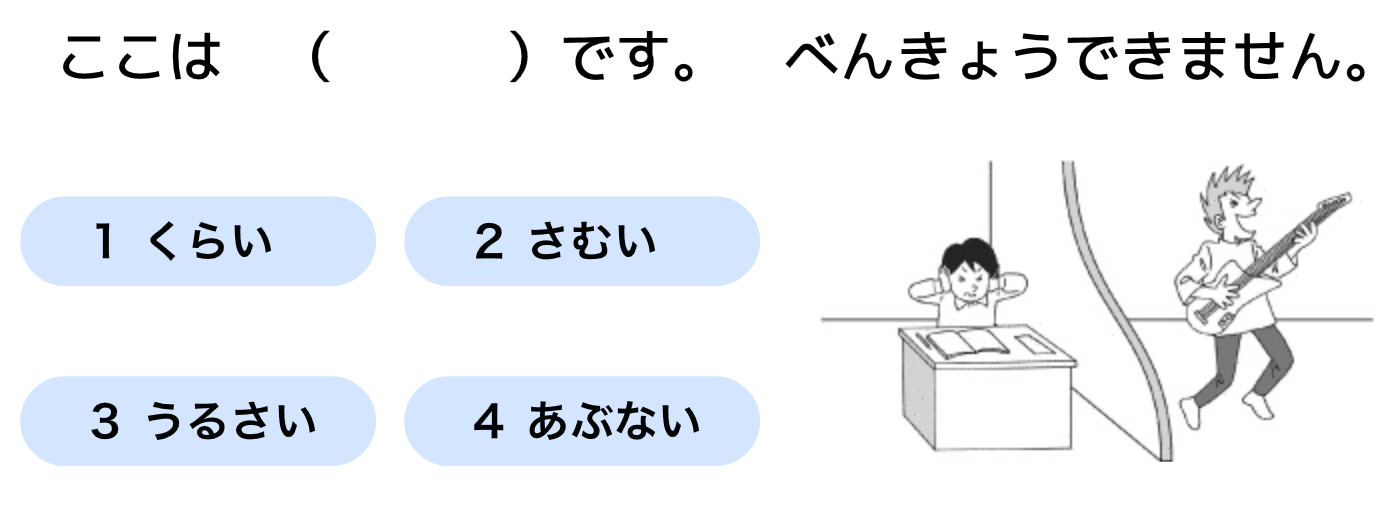
An example of the type of question you can expect to see on the N5 exam. Source: www.jlpt.jp
The first milestone you will reach is the JLPT N5. We don’t recommend actually taking the exams until you get to N2-N3 level. If you get to the N2-N1 level then it is definitely worth taking the exam as this can help you to move to Japan.
Until then, you can take the N4 and N5 exams online by filling out practice exams. But following the curriculum and material is a great way to get started.
The N5 and N4 exams will teach you all the basics of Japanese grammar and help you to have a fixed framework to get started. After you get to around the N3 level your Japanese will be so good that you can learn Japanese exclusively through immersion. Until then, this is a great way to measure your progress while you study Japanese.
You can easily achieve the JLPT N5 exam in only six months. This will require being able to read hiragana and katakana, understanding about 50 simple kanji, and knowing the most basic grammar. You won’t need to write hiragana, katakana, or kanji. For the average learner who is putting in consistent effort this is a great first milestone to set for yourself.
Getting To N4 In A Year
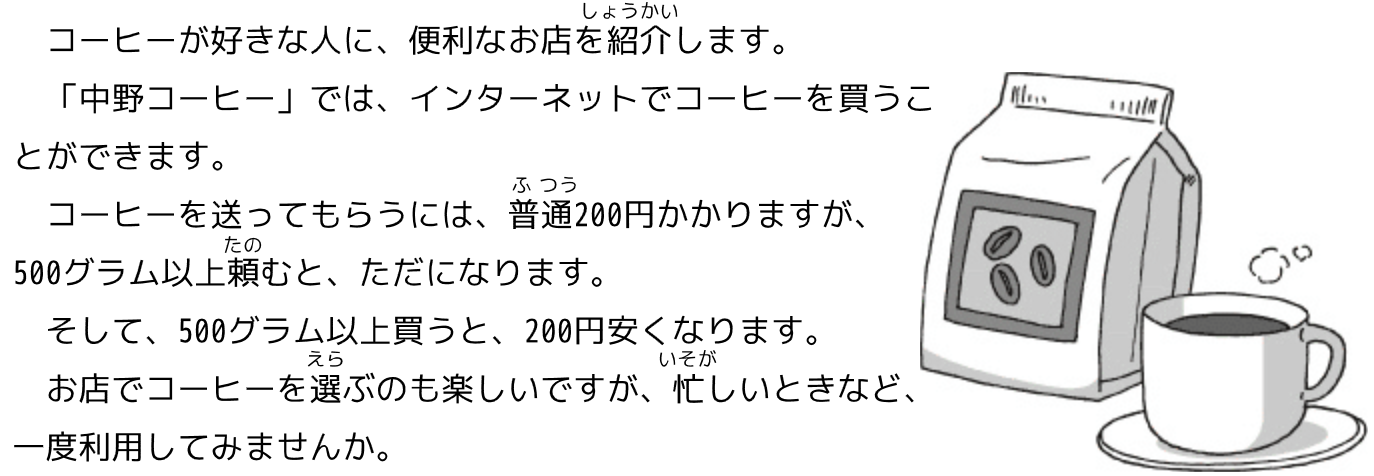
The type of text you will be expected to understand during the N4 exam. Source www.jlpt.jp
Passing the N4 exam in only one year is an incredibly impressive feat. Most other students who are studying Japanese aren’t able to achieve this. The main blocker for them is memorizing the additional 200 or so kanji that are required for the N4 exam.
This is very arduous and the main obstacle. We recommend starting with this right at the beginning, when you are studying for the N5 exam. It will mean a little bit of rote memorization every day for a whole year, but after that you will be able to pass the N4 exam with a lot of ease.
Of course you should take things at your own pace and if you are more of a casual learner then passing the N4 exam after 1.5 years or 2 years is still very impressive. But with the right approach to studying Japanese you can do this quite easily. As long as you study a little bit every day.
After reaching an N4 level you will be able to make small talk and understand a basic conversation. This will be a turning point for most people who want to learn Japanese. While you should be focussing primarily on immersion from the start, after N4 will be the point where you want to focus most of your effort on immersion.
This will keep your vocabulary targeted at the domain you are using Japanese for. Instead of memorizing a bunch of vocabulary you will never use just to pass an exam you will only be studying the vocabulary you encounter regularly. This will supercharge your ability to use Japanese and get you to the fun part as quickly as possible: watching movies, reading books, or talking to people.
Using Immersion To Supercharge Your Learning
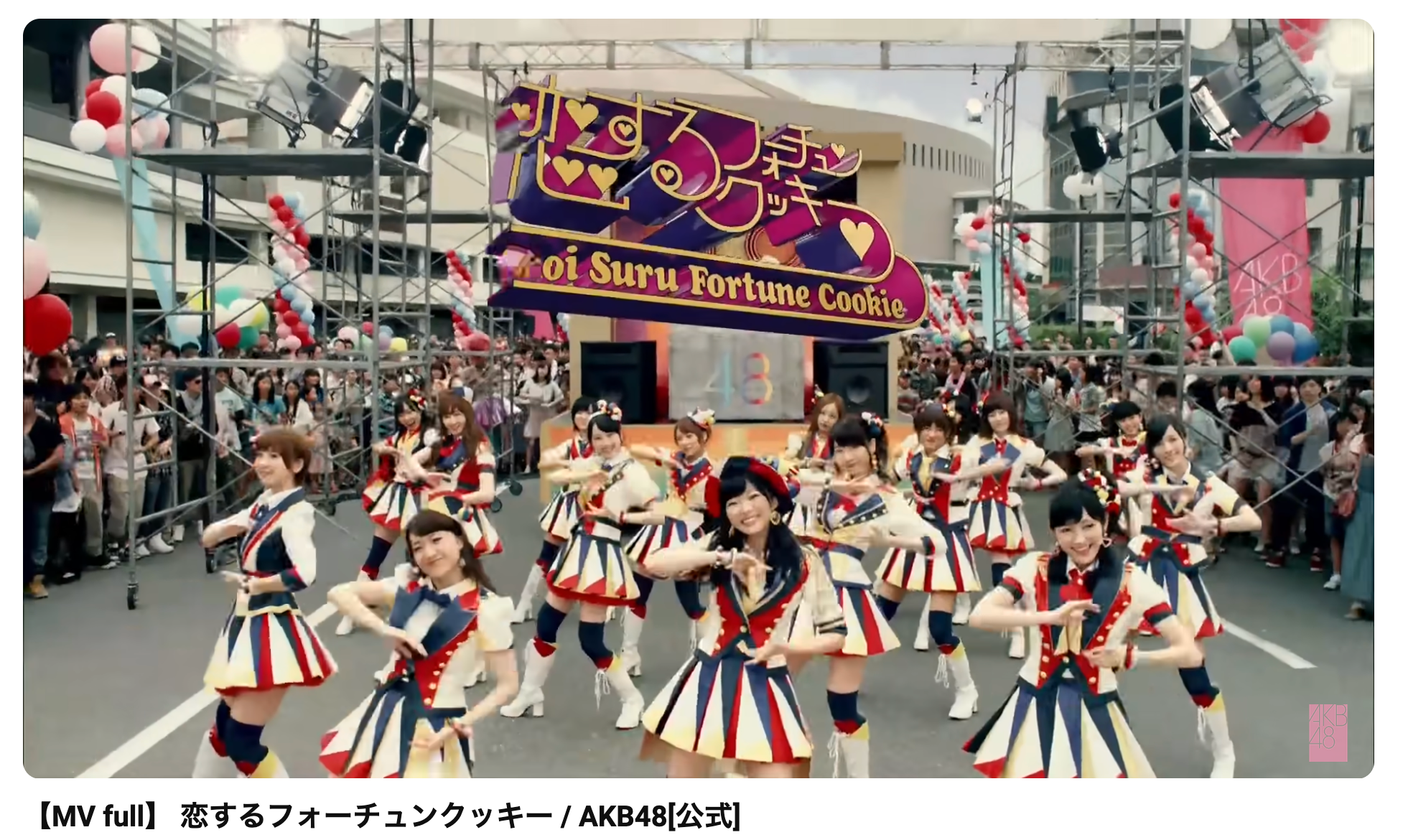
Music by the popular J-pop group AKB48 are a great place to start practising Japanese. Source: youtube.com
So what will this immersion look like exactly? As we mentioned, most people who study Japanese try to learn Japanese for an exam. This will prepare you very well for questions or exams, but it won’t help you that much with actually speaking Japanese or holding a basic conversation.
If you want to really learn Japanese then you need to learn in the setting that you plan to use it. Let’s use music as an example.
You might be a huge fan of Japanese music, or Japanese video games, or Japanese movies, or anything else. Whatever it is, you probably have a specific reason to learn Japanese. Unless that reason is passing the JLPT exam, then you are probably better of studying directly for that reason.
Let’s assume you want to learn Japanese specifically because you love Japanese culture and want to understand the manga, anime, and music in Japanese. Then you’ll start by taking some basic songs, like your favourite AKB48 songs, and translating them.
Every day, you will listen to the music while reading the translations. Eventually, as you sing along to the song and think about what it means, you will be able to understand the whole song. Then you move on to the next song, and the next, and the next.
With each progressing song you will need to learn less and less new vocabulary and will learn the meaning of the song much faster. Eventually, you will simply be able to listen to Japanese music and know what they are singing.
Songs are a great place to start and we strongly recommend that everyone who want to learn Japanese starts there. As you do the same with your favourite anime or manga, you will be able to understand those with ease as well.
Not only is this a much more effective way to learn Japanese, but it is also much more enjoyable. Just think about it, what’s easier? Spending hours reading grammar books or spending hours watching anime?
One Year Later: What Can You Do
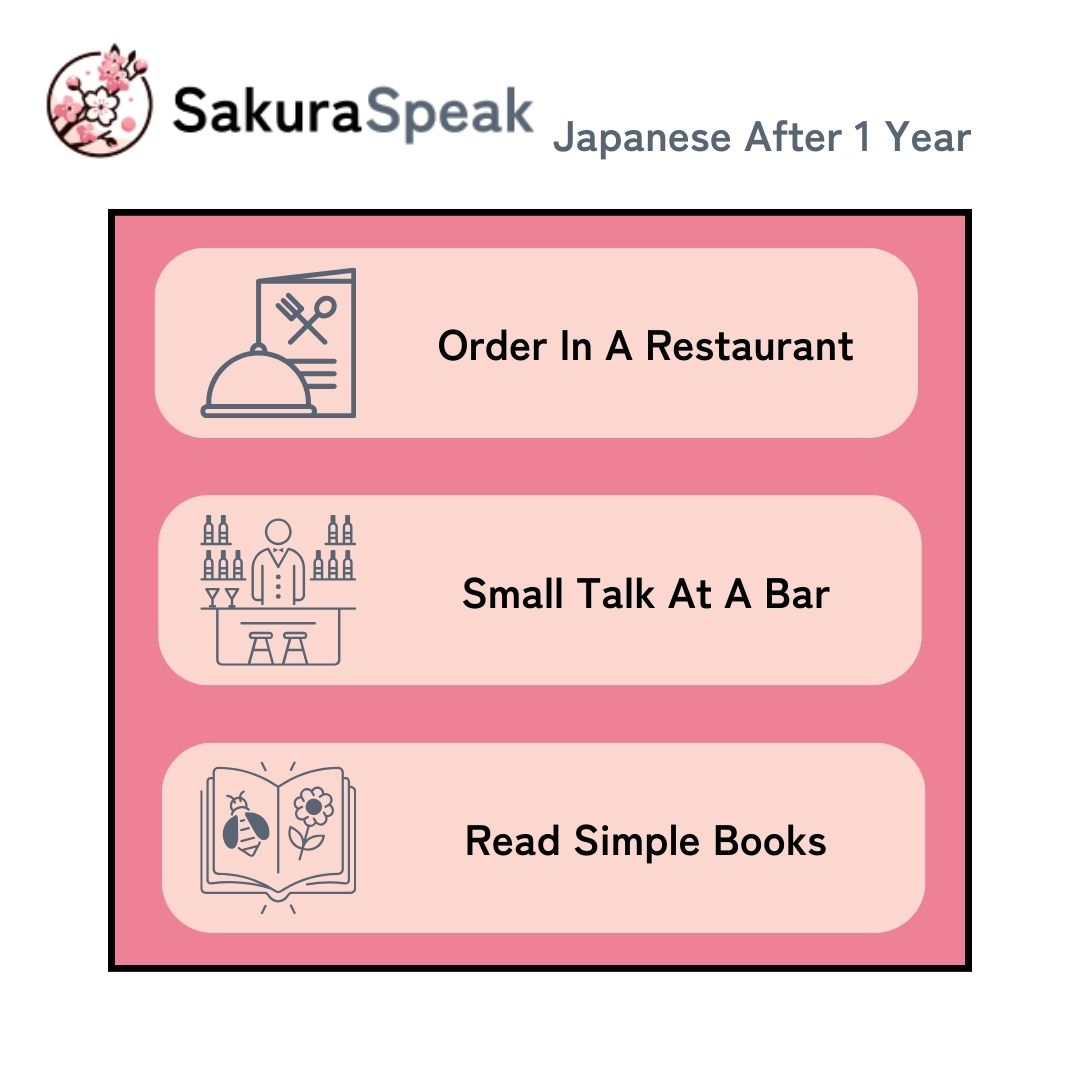
After a year of learning Japanese you will be able to do simple tasks such as ordering food in a restaurant, making small talk, and understanding simple books or movies.
So now it’s one year later. You’re diligent and learn Japanese every day. What can you do now?
First of all, you will be able to do all sorts of small tasks entirely in Japanese. When you get lost in Japan you can ask for directions easily. When you go to a restaurant in Osaka you can order your favourite food entirely in Japanese.
You can also make small talk, but eventually you will need to translate and ask what things mean. Your vocabulary will be good enough that you can practice entirely by speaking with Japanese people, but it will be clear that you’re not at an intermediate level yet.
You will understand the various writing systems and are quite good with listening in Japanese. You can read hiragana with ease and understand a lot of the basic kanji. You can understand most pop songs in Japanese although you will still often find a word that is not in your vocabulary.
What’s Next?
This is where things start to get the most enjoyable. If you learn Japanese through immersion then after a year you will already be able to consume simple media and use Japanese in the type of settings you enjoy. This might be video games or anime, or it could be something entirely different.
At this point, you will be able to use Japanese for your hobby. If you want to go to an intermediate level then you will make the most progress by using the Japanese as much as possible. Try to keep challenging yourself with harder and harder texts and practice every day.
It’s only through daily practice and continued challenge that you can keep growing.
Conclusion
While it will take years to become fluent, you can get very good at Japanese in just one year. If you use the right approach and make sure to study Japanese every day, then after just one short year you will be able to speak much better Japanese than you ever thought possible.
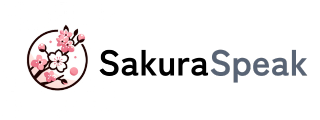
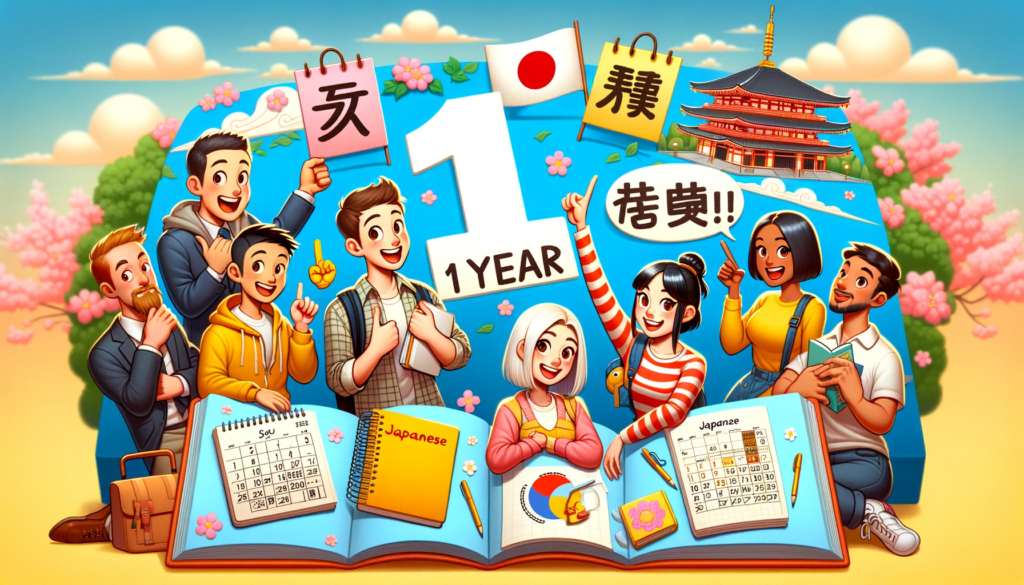


Wow !